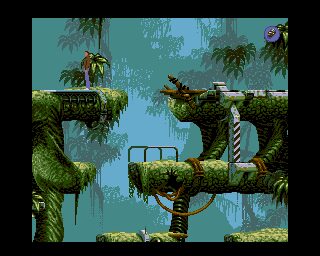Legendary Game Designers: Paul Cuisset
The mind behind Future Wars and Flashback
![]() By: Tasha
By: Tasha
Published: 4 March 2017, 10:46 am
Paul Cuisset is considered one of the most prolific minds in the French video game industry. He has been in the game for a long time, starting his career in the 1980’s.
In 1988, Paul became the coordinator and lead designer for a company founded by Paul de Senneville, known as Delphine Software International. That same year Cuisset created the company’s first game, Bio Challenge. This science fiction platformer fared well with critics for being the first original game idea in a while. It was also praised for its graphics, soundtrack, and ‘technical excellence’.
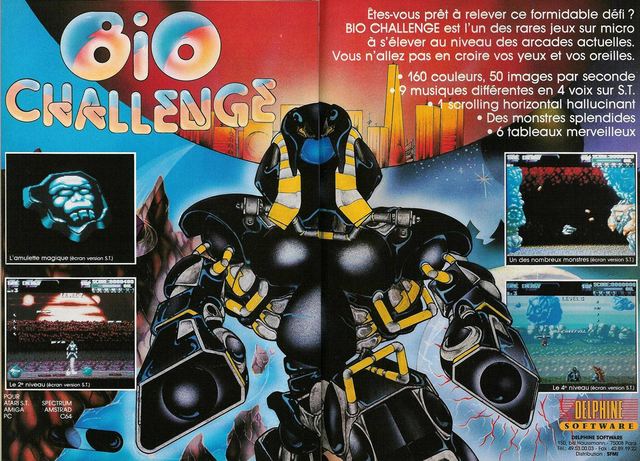
In the game players assumed the role of a window washer whose immaturity leads him to discover a hidden time machine. How could he resist trying it out? He travels back in time and become embroiled in a plot to stop an alien invasion. Future Wars was released to a relatively good critical reception due to its gripping story and beautiful graphics.
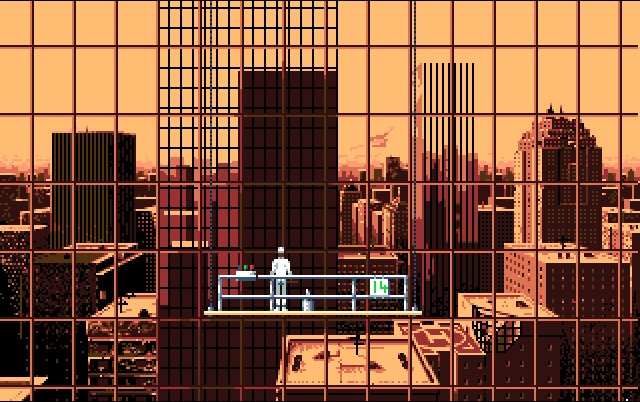
The game was praised for its cinematic animations and classic whodunit elements by critics, but lost points for difficulty. Regardless of the critics’ whining of difficulty, players truly enjoyed this adventure gem and it served Paul well.
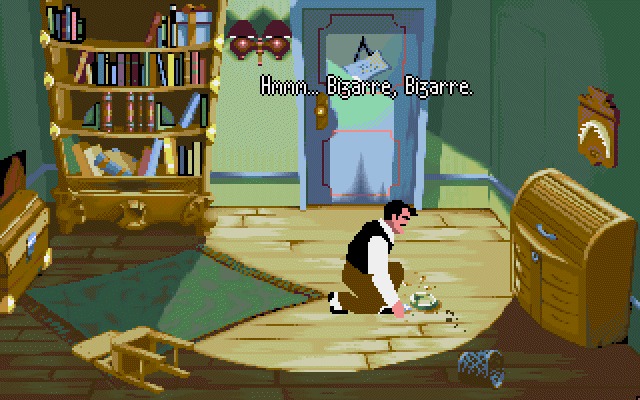
For Flashback you play as Connor, a poor guy who forgot who he was and is being pursued by aliens. He barely escapes his pursuers and ends up crash landing on an uncharted planet. Searching through his pockets he finds a recording he made for himself before he lost his memory telling him where to start. From there Connor is on a journey to survive long enough to find out who he is.
The game was wildly successful and sold so well (1.25 million copies) it was placed in the Guinness Book of World Records as the best-selling French game of all time. Despite the success, Paul himself says, “We didn’t manage to do exactly what I wanted to in the game.”
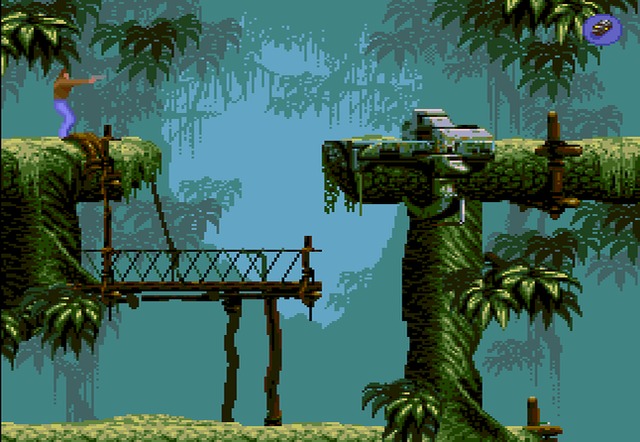
In the meantime between Flashback and its sequel Fade to Black, Paul created the strange 2D fighter game, Shaq Fu in 1994. I remember this one and thinking how odd it was that it was a fighting game with Shaquille O’Neal. Unfortunately, the game did not do well and ended up becoming one of the worst games of all time.
Fade to Black was the sequel to Flashback and it was released in 1995. Fade to Black picked up the storyline from Flashback and you again play as Connor immediately following the events of the first game. In this sequel Connor must again face his alien pursuers, but this time he has to stop their master brain. The game features two endings depending on the actions of the player following the final boss. The game did not see the same success as Flashback, of course, but the bar was set extremely high. After the success of Flashback slacked off some, Paul became involved with the Moto Racer series. Moto Racer was a motorcycle racing game that featured motocross and superbike street races. The first Moto Racer was released in 1997 and it had some mixed reviews from critics, but actual players enjoyed it.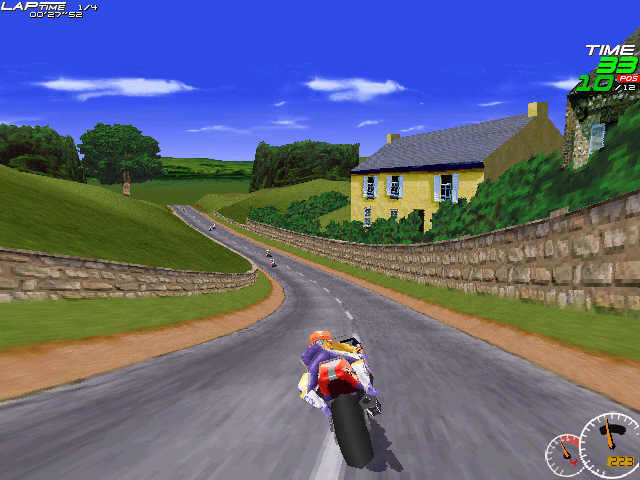
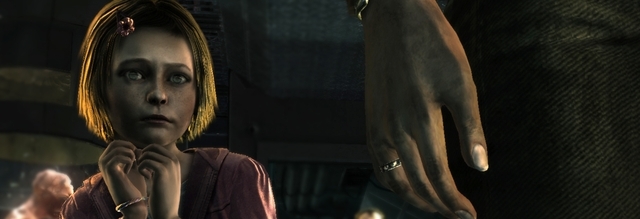
Shortly before the company went out of business, Paul tried to recapture the magic of Flashback by releasing a remake of the popular title in 2013. The game did nowhere near as well as the original. The failure of these titles lead to the eventual closure of Vector Cell.
Paul, undaunted by the failure of his former companies, moved on to his next project; I fully respect his resiliency. He became involved with Microids, a French software brand that belongs to Anuman Interactive, Paul released the fan funded Subject 13 in 2015. The game is done in true adventure style, finding items, using mechanisms, and unraveling the mystery. With a few issues of clunky controls and an overly complex final puzzle, the game was not well-liked by critics. The fans who supported its making are a different story.
29 years later (literally just one year younger than I am) Paul’s career shows no signs of ending. This is a man dedicated to his games and loves to code. There is no information on Paul’s current projects, but there are rumors that 2017 is going to be a busy year for the designer. We will just have to wait and see.

